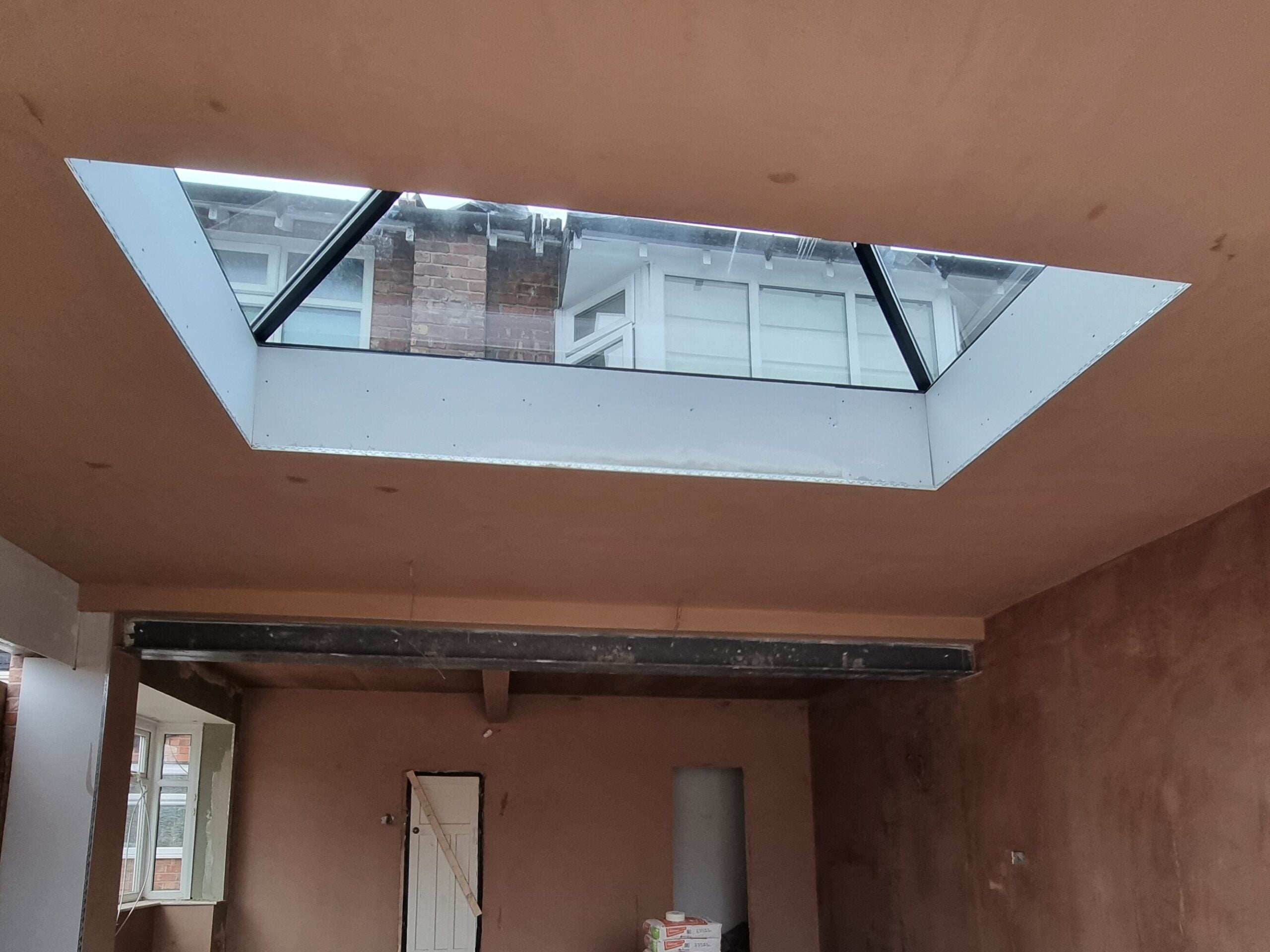Plastering Solutions: Expert Solutions for Smooth and Long Lasting Walls
Wiki Article
A Comprehensive Overview to Learning Plastering Abilities for Your Remodelling Demands

Crucial Devices and Products
Numerous essential tools offer distinctive purposes, guaranteeing performance and precision throughout the gluing process. A high-grade trowel, for circumstances, is indispensable for using and smoothing plaster, while a hawk provides a stable platform for holding the product.Along with tools, selecting the right plastering products is essential. Gypsum-based plasters are commonly preferred for their flexibility and ease of use, while cement-based alternatives are perfect for outside applications as a result of their longevity. Water and bonding representatives play significant duties in achieving proper consistency and bond, ensuring that the plaster adheres properly to the surface.
In addition, protective gear such as masks, goggles, and handwear covers is important to guard against dirt and inflammation throughout the application procedure. By setting up the ideal combination of devices and products, plasterers can boost their ability set and generate top notch finishes, ultimately elevating the overall workmanship of their work.
Preparing Surfaces for Plastering
Attaining a smooth and durable plaster surface starts with precise prep work of the surfaces to be smudged. This fundamental step is crucial to ensuring attachment and the long life of the plaster. Beginning by analyzing the condition of the substratum-- whether it is masonry, concrete, or drywall-- getting rid of any kind of loose paint, dust, or debris that may disrupt bonding.Next, fix any kind of blemishes such as openings or cracks. Utilize a suitable filler to accomplish a degree surface; this can be vital for stopping future problems. When fixed, make certain the surface area is completely dry and clean, as wetness can compromise plaster adherence.
For porous surface areas, it is a good idea to apply a bonding agent. This product improves attachment and develops a trusted interface in between the plaster and substrate. If working with formerly plastered surfaces, it may be necessary to mess up or sand the area lightly to supply a secret for the new plaster layer.
Plastering Strategies and Tips
Understanding plastering strategies requires both ability and technique to accomplish a flawless surface. One essential strategy is the application of the plaster in numerous slim layers, instead of a solitary thick coat. This method permits for better attachment and reduces the risk of cracking. Start with a base coat, ensuring it is uniformly spread and leveled with a hawk and trowel. Use a straightedge to examine for any blemishes prior to proceeding to succeeding layers.When applying the coating coat, use a shoveling strategy that includes holding the trowel at a slight angle and working in a circular movement. This assists to develop a smooth surface and decreases the appearance of trowel marks. In go to the website addition, maintain a spray bottle of water useful to haze the surface area gently; this keeps the plaster practical and enables smoother ending up.
Timing is crucial; job successfully, as the plaster starts to establish. Once the plaster has tightened yet is still damp, make use of a moist sponge to carefully smooth the surface area additionally. Lastly, enable adequate drying time before fining sand or painting, guaranteeing your effort results in a professional, top quality coating.
Common Mistakes to Avoid
Another common mistake is using plaster also thickly. Excitable applications can result in splitting and long term drying times. It's essential to use plaster in thin, also layers, enabling each layer to completely dry sufficiently before including much more.
Furthermore, not making use of the right devices can hinder the top quality of the coating. Making use of unacceptable trowels or mixers can create disparities in the gluing procedure. Always decide for high-grade devices made for smudging jobs.
Finally, lots of people undervalue the importance of timing. Operating in inappropriate temperatures or humidity degrees can adversely affect plaster treating and drying. It is a good idea to inspect climate problems and adjust your routine as necessary.
Completing Touches for a Specialist Appearance
The final phases of a gluing task are critical for accomplishing a polished, professional look. When the plaster has actually dried sufficiently, visit the site the next action is to examine the surface area for flaws.After sanding, it's advisable to clean read review up the surface area to eliminate any type of dirt and particles. A wet towel is efficient for this objective, adhered to by an extensive drying out duration. If required, applying a slim layer of ending up plaster can improve the surface area better, offering a seamless coating.
Once the ending up plaster is dry, another round of sanding might be required to accomplish the preferred level of smoothness. Finally, take into consideration using a guide before paint or wallpapering, which will improve adhesion and toughness.
Conclusion
Grasping smudging abilities significantly boosts the top quality of remodelling projects. A thorough understanding of crucial tools, surface area prep work, and effective strategies is critical for attaining specialist outcomes.Water and bonding agents play considerable roles in attaining proper uniformity and adhesion, making certain that the plaster sticks efficiently to the surface area. Plastering.


Furthermore, keep a spray bottle of water convenient to mist the surface area lightly; this maintains the plaster convenient and permits for smoother finishing. (Plastering)
If needed, applying a thin layer of completing plaster can boost the surface area better, providing a smooth surface.
Report this wiki page